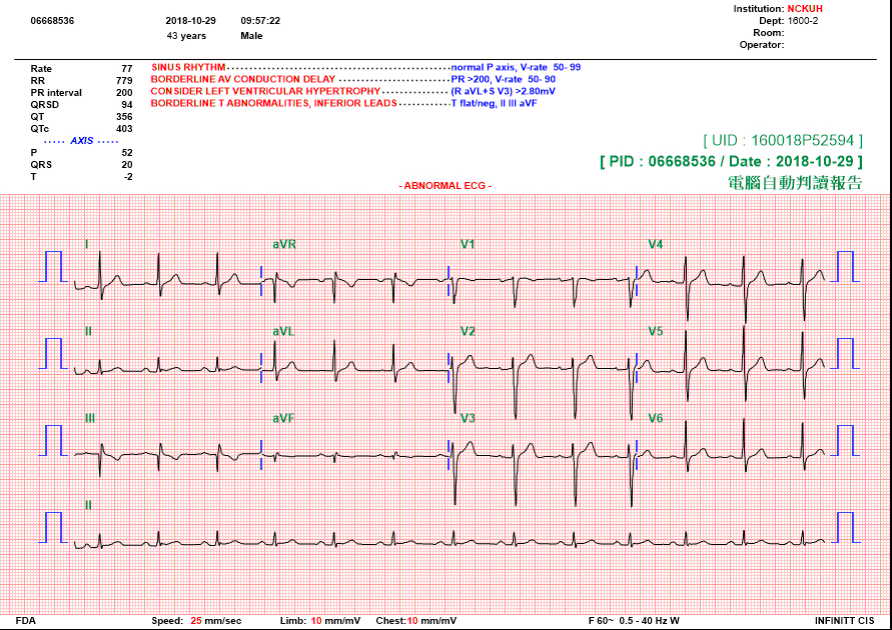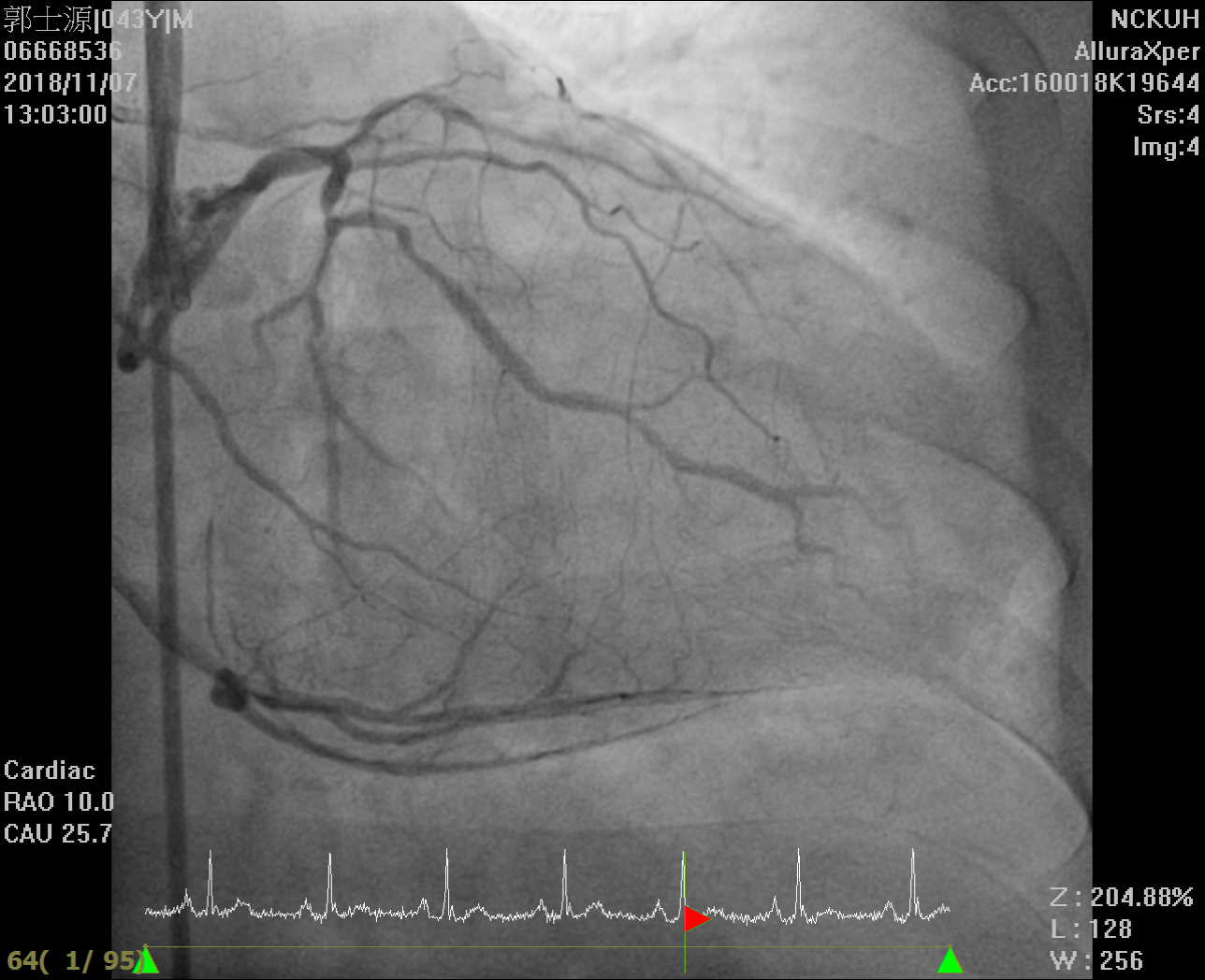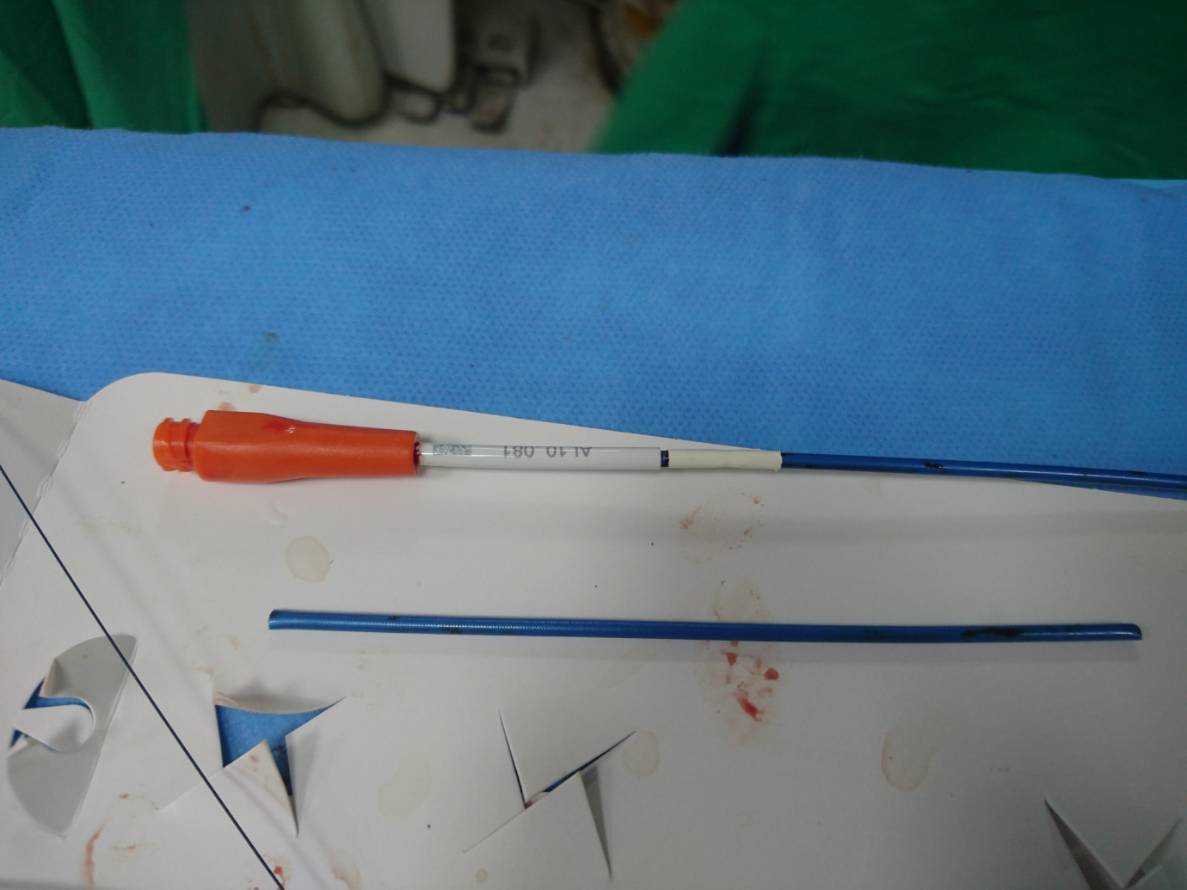Lots of interesting abstracts and cases were submitted for TCTAP & AP VALVES 2020 Virtual. Below are accepted ones after thoroughly reviewed by our official reviewers. Don¡¯t miss the opportunity to explore your knowledge and interact with authors as well as virtual participants by sharing your opinion!
* The E-Science Station is well-optimized for PC.
We highly recommend you use a desktop computer or laptop to browse E-posters.
CASE20191014_007
| CORONARY - Chronic Total Occlusion | |
| Re-Approach of a Chronic Total Occlusion from Orifice of Left Anterior Descending Artery: More than Crossing It! | |
| Jia-Ling Lin1 | |
| National Cheng Kung University Hospital, Taiwan1, | |
|
[Clinical Information]
- Patient initials or identifier number:
06668536
-Relevant clinical history and physical exam:
A 43-year-old malenon-smoker with hypertension and dyslipidemia reported intermittent chesttightness for about 6 months. After evaluation, he received coronaryangiography at another hospital. It showed triple-vessel-disease, with chronictotal occlusion since orifice of left anterior descending artery (LAD).Percutaneous intervention for LAD failed so he was referred to our hospital. Weoptimized his medication but he was still symptomatic.
-Relevant test results prior to catheterization:
His ECG showed sinus rhythm, withnon-specific T wave change in inferior leads Echocardiography showed left ventricularhypertrophy, with adequate left ventricular systolic function.
  - Relevant catheterization findings:
Coronary angiography showed triple-vessel-disease: CTO since orifice of LAD, about 70-80% stenosis at LCX and 70-80% stenosis at RCA. The CTO part was long, from proximal to middle LAD. There were collateral channels from RCA to LAD.
   |
|
|
[Interventional Management]
- Procedural step:
1. EBU4 for antegrade; SAL1(SH) for retrograde.
   - Case Summary:
This is a case with LAD CTO with failedPCI. We re-tried with antegrade approach but was unable to make sure if thewire was in true lumen. Retrograde approach was indicated and we successfullypassed collateral channel. However, a longer microcatheter was not available sowe had to make a shorter guiding catheter to go on the procedure. When dealingwith CTO, sometimes crossing the total occluded part is not enough. Deviceissue is one of the obstacles. A home-made short guiding catheter may be thesolution in some circumstances.
|
|